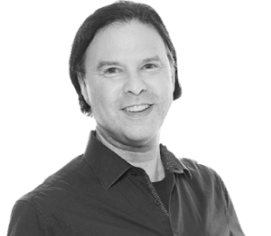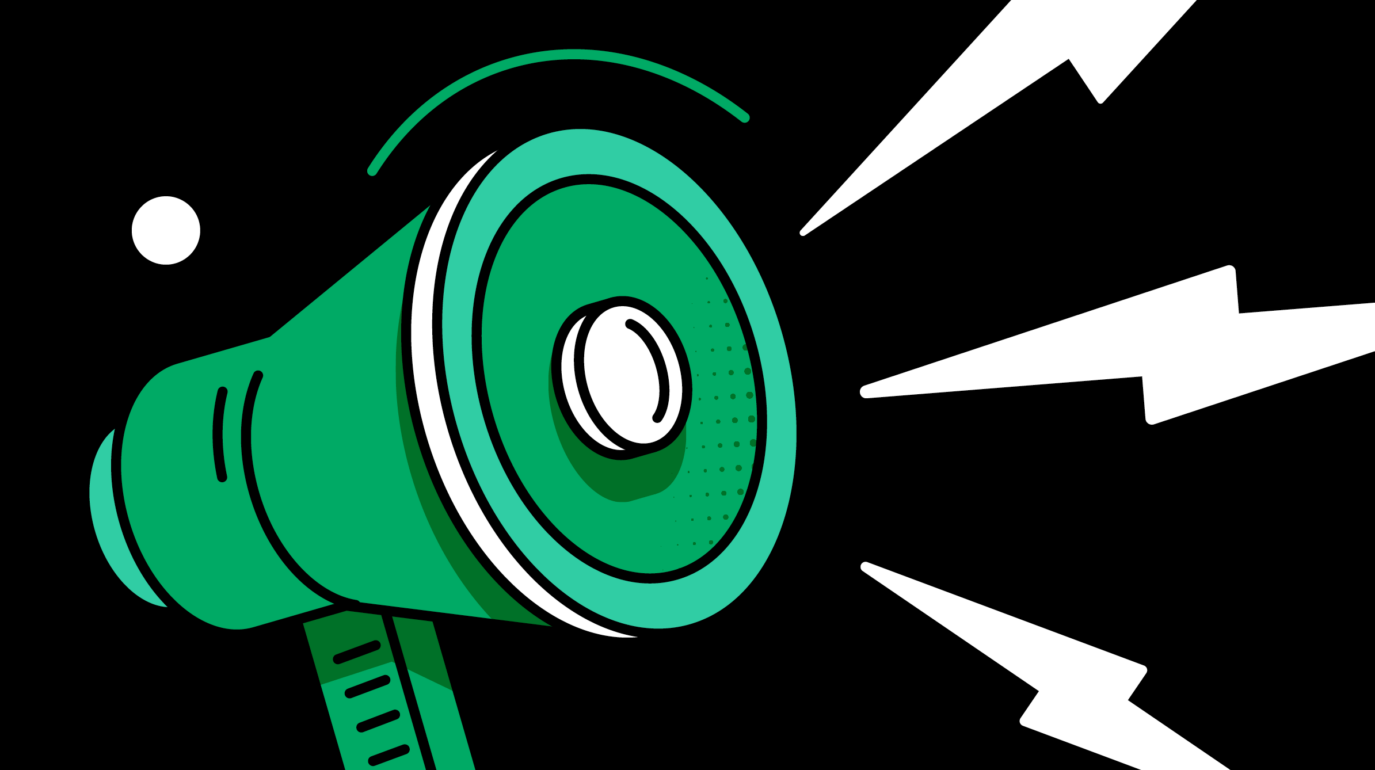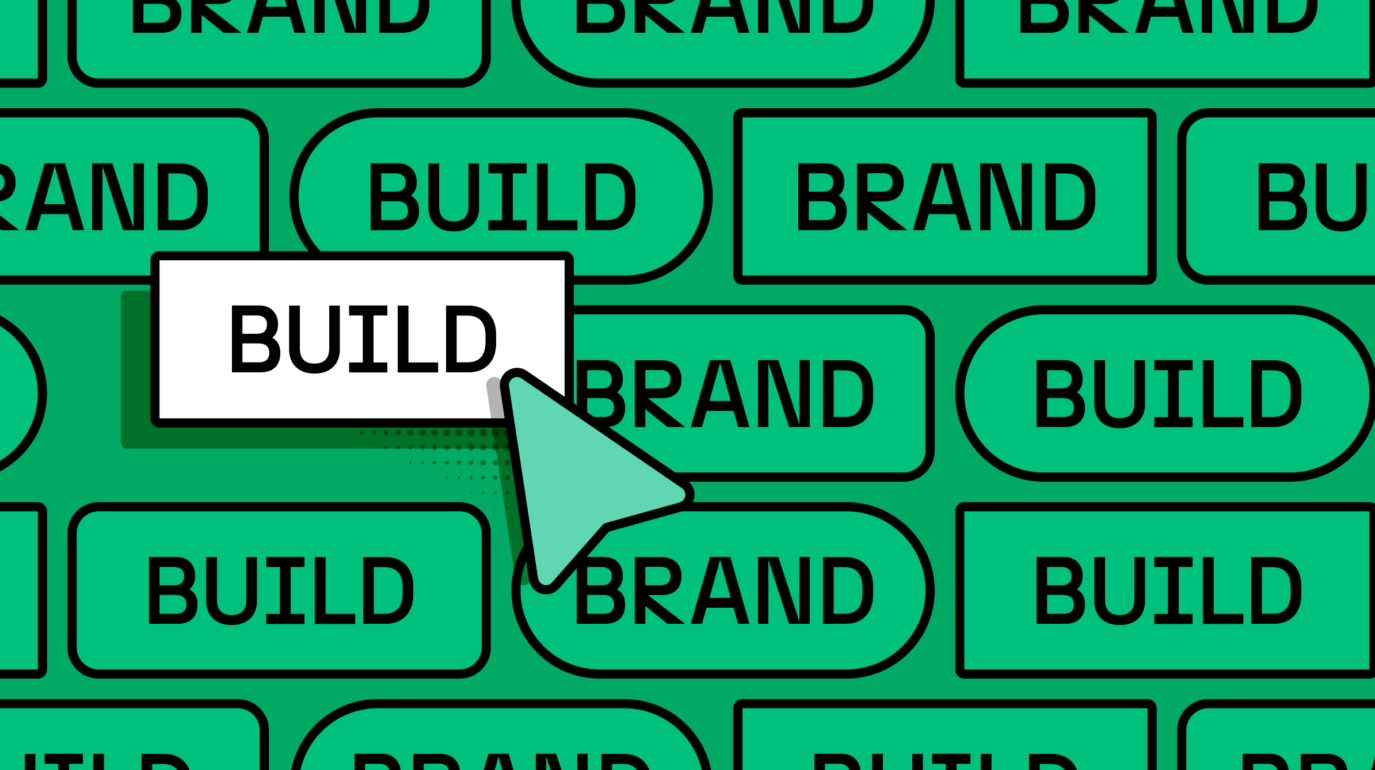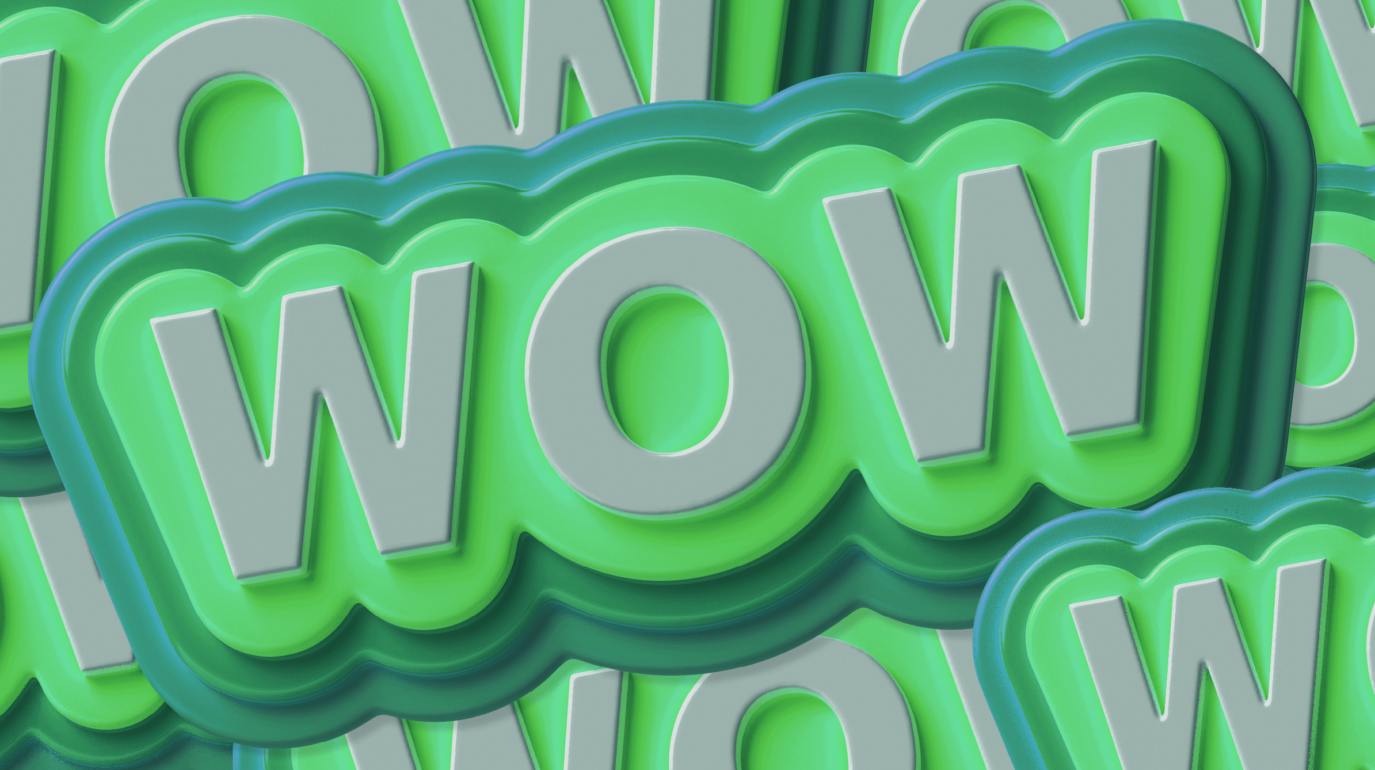
AUTHOR: JONATHAN FINER
READ TIME: 6 MINS
Mexico City Associate Managing Partner Jonathan Finer on the logic and magic of brand expression – and the origins of his love of naming.
Tell us a bit about your background and what brought you to Conran Design Group earlier this year.
My dad led a ‘Mad Men’-era studio on Madison Avenue that was less than a half-mile from our Conran office – so I literally grew up in the world of design. I then studied journalism at university; it was this combination of words and images, the process of inquiry, synthesis and communication became my core skillset – which ultimately came together in the discipline of brand strategy.
And that skillset has served me throughout my career: from working at global design consultancies like Continuum to leading a brand strategy team at an in-house group with Johnson & Johnson. And now I’m extremely excited to continue that journey at Conran!
Why brand strategy?
The emotional and rational balance within brand strategy really excites me. From an emotional perspective, I appreciate the idea that brands can, in fact, be loved – that there can be a relationship between people and brands. And that great brands take on very human dimensions. It’s fascinating gaining insights into human behaviour – the hopes, needs, expectations and desires of consumers, patients and HCPs – so that brand can better align with these emotional and functional needs.
“From an emotional perspective, I appreciate the idea that brands can be loved – that there can be a relationship between people and brands.”
My rational side deeply connects to the idea of process and logic, of identifying needs and opportunities, connecting dots and finding patterns. Aligning those human needs with thoughtful experiences and brand expression can be both logical and magical.
What’s your favourite resource for delivering better brand strategy?
My strategist bag of tricks is pretty full – I’ve been dragging it around and stuffing things in there for years! Social listening, consumer co-creation, projective imagery sorting and journey mapping immediately come to mind.
But lately my favourite go-to tool has been online collaboration tools like Mural and Miro. These take me back to old-school white-boarding and mind-mapping days – pinning index cards, notes, images and Post-its® on a wall as a way of navigating through the ambiguity of early synthesis work.
What’s been the most memorable ‘a-ha!’ moment of your career?
Great question! I’ll need to hop in the way-back machine for this one: I was leading insights work for Ball Park® Hotdog, and the initial client assumption was that their brand needed to be edgier. They wanted to appeal to teens through extreme sports.
Our work, however, uncovered a key truth about the brand: it was often the first meal that young adults prepared for themselves. The spirit of Ball Park® wasn’t high-octane and dangerous – quite the opposite, in fact: the brand resonated most deeply with teens (and their parents) as a seminal part of their emerging independence and maturity.
At Conran, brand strategy and exceptional design go hand in hand. How do you see their relationship?
I’ve been so impressed by this dynamic at Conran! Candidly, the integration of strategy and design at other agencies isn’t always so seamless. One way to ensure better collaboration is by building project teams in which strategists and designers work side-by-side, approaching project challenges from shared perspectives, and developing cohesive solutions together.
Ultimately, it’s great to be part of an organisation that’s developing strategic designers and design-savvy strategists. When each group has a deep understanding and appreciation of the other’s craft then everyone thrives – especially our clients.
“It’s great to be part of an organisation that’s developing strategic designers and design-savvy strategists.“
You have significant experience in healthcare. Are there any specific challenges that the healthcare industry faces that you’ve enjoyed grappling with?
With the sector’s rapid growth, the healthcare space is filled with both tremendous opportunities and challenges. The industry has absolutely recognised the importance of brand in driving growth and is seeing the need to move towards greater consumerisation and humanisation. That shift from a focus on technological ability to greater empathy and care is now becoming prolific.
So, what’s next? How will large healthcare systems, biotech and pharma companies continue to overcome certain negative perceptions – high costs, lack of transparency, anti-science beliefs and vaccine hesitancy? And what happens when iconic tech brands – like Apple and Amazon – move into this space? There are definitely more questions than answers at this point!
In pharma in particular, corporate brand isn’t often leveraged as much as it could or should be. What do you think a strong corporate brand can do for a pharma brand?
The pharma industry is recognising the very different and important roles of corporate brand versus therapeutic brands. Traditionally, more resources have gone into the specific drugs and indications, and in speaking to patients and physicians.
But the corporate brand has another job: communicating with a broader set of stakeholders, from stockholders to regulators, current employees and potential future hires. A strong corporate can build trust and connections, it can differentiate from competitors, it can attract both investors and employees. Building the corporate brand may be less immediate in creating value, but it’s no less critical.
Beyond healthcare, any sectors that you love working in and why?
My first love was CPG, where many of the best practices in brand building have been developed, and where I came-of-age as a strategist. Projects with super-smart marketers at P&G, General Mills, Kraft and SC Johnson, talking with merchants, listening to consumers… that’s how I earned my virtual MBA.
I’ve also really enjoyed working in the spirits category. In the past I’ve done work on Jose Cuervo, Captain Morgan and the DeKuyper brand, among others. Field research is especially enjoyable on those projects!
We know that you have lots of experience – and a real interest – in verbal brand expression (i.e. naming). What do you love about naming?
It’s true – my secret is out! Perhaps it goes back to my love of writing and storytelling. I sometimes describe brand naming as writing the world’s shortest story. The process certainly appeals to my infatuation with both words and the rigour of process.
“Understanding the challenge of achieving legally viable solutions is more than half the job in naming.”
The misperception of naming is that it’s purely creative. While it certainly demands a measure of artistry and imagination, it’s really equal parts creative, strategic and legal. Understanding and being able to navigate the challenge of achieving legally viable solutions is more than half the job in naming.
Any insight into how to best approach naming, which can often be a complex, unwieldy and challenging process?
My view on naming approach is largely shaped by this truth: we begin with words, which become names, and then only over time – and with resources and multiple impressions – do those names become brands. So, the process of creating names very much demands that we help our clients envision how these words can ultimately be imbued with meaning – which – you’re absolutely correct – can be a complex and challenging process.
A couple of my preferences: never just deliver a long list of candidates. Top candidates should be limited to about 12 to 18 options and should always have cleared a preliminary legal screen. And bringing those candidates to life – through a rich rationale and even design context – helps our clients better envision and compare these options.
What inspires you – within strategy, brand or the wider world?
When I’m working on a project everything around me becomes an inspiration: a prism through which to see brand challenges. Every sight and sound, every piece of music, art and film, is a vehicle I can use to look at aspects of that brand. A lyric from a song jumps out and works its way into a narrative. A key moral or message from a movie can inspire a conceptual territory.
So, I suppose I’d flip your question to say that the wider world is what inspires my approach to strategy and brand.
Favourite thing about life at Conran thus far?
I love the British-isms that come with being part of a UK-based organisation! Those added ‘u’s’ – as in favourite. Checking for availability in my ‘diary’ – versus my ‘calendar’. Eating crips and, of course, teatime every afternoon!



